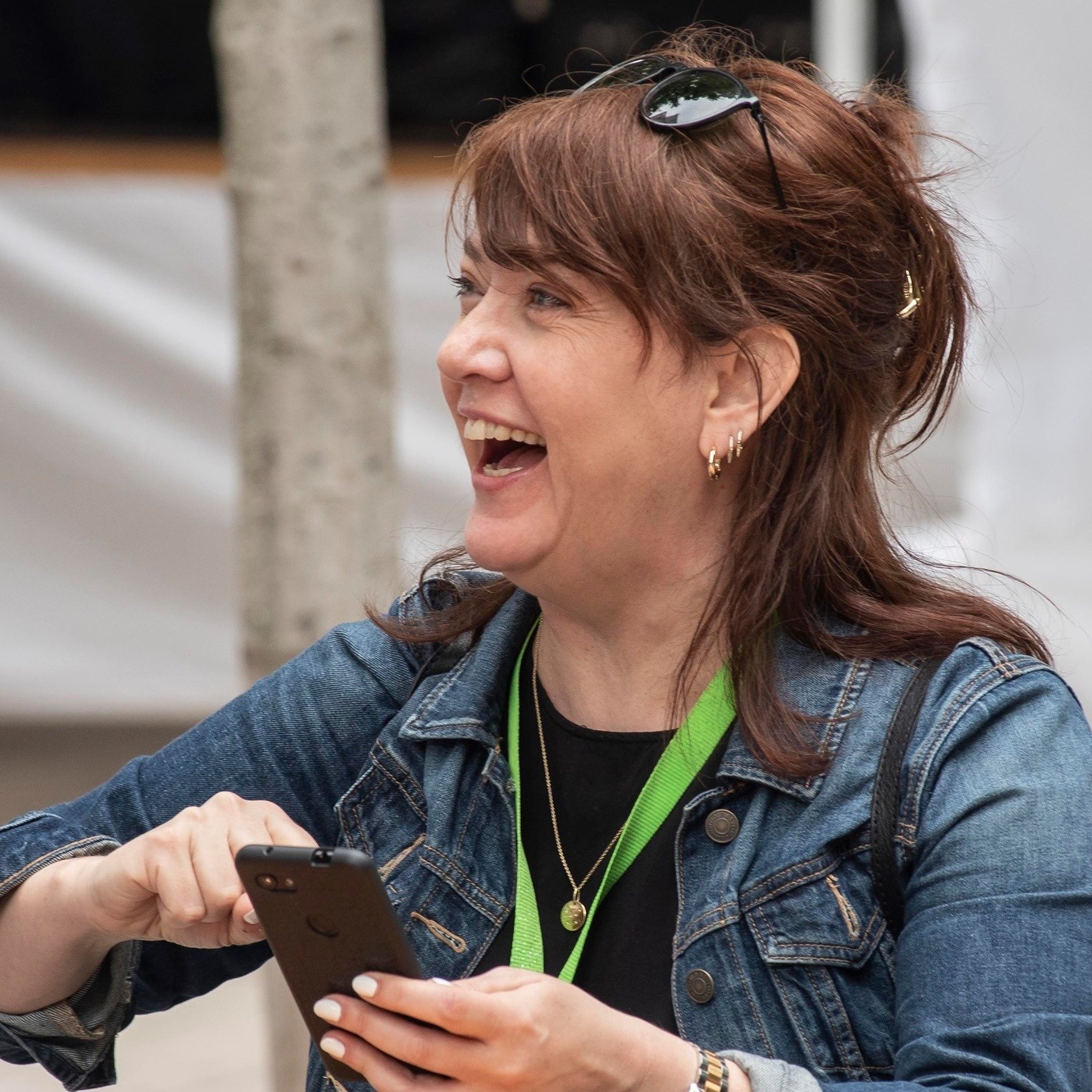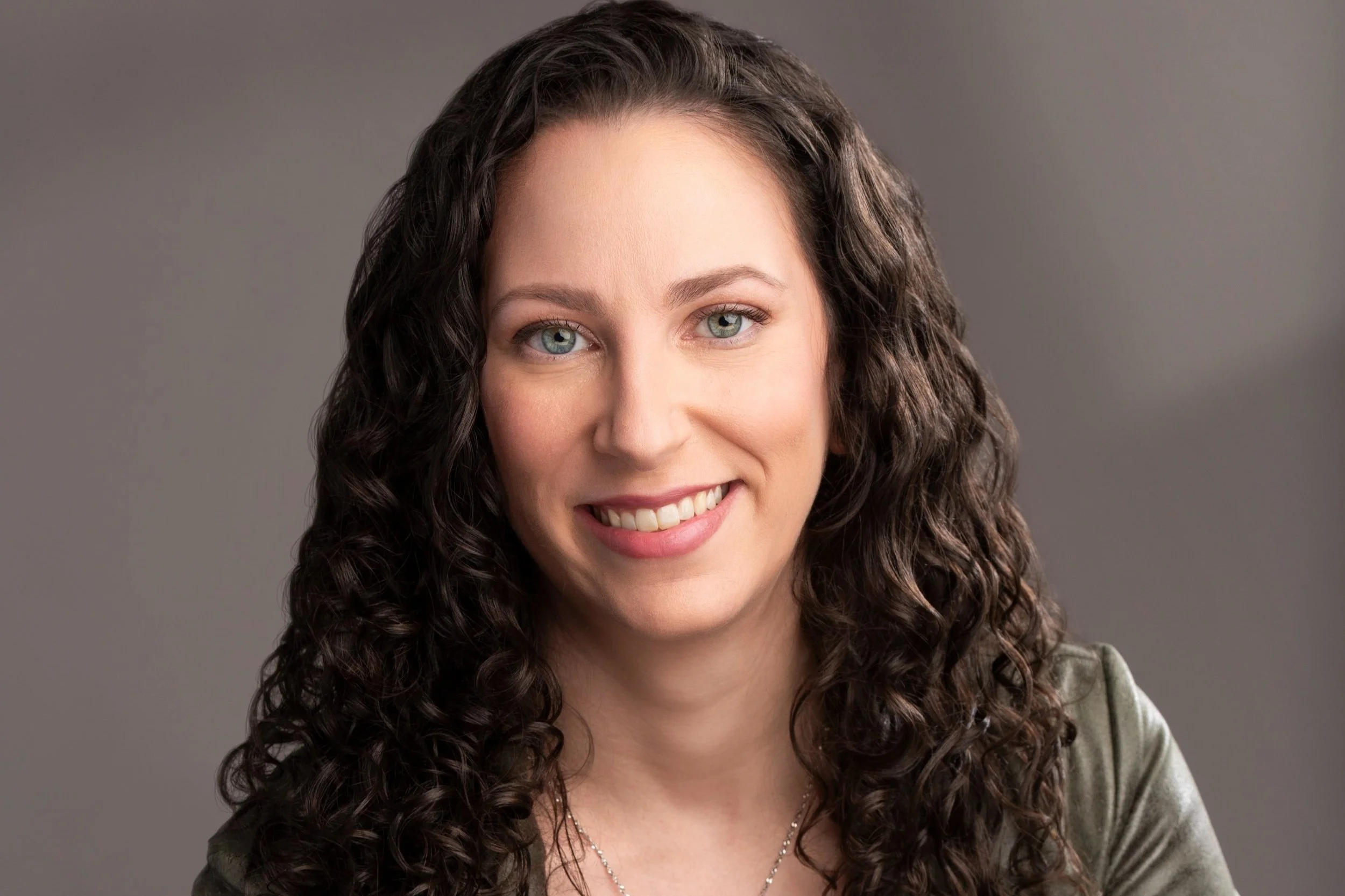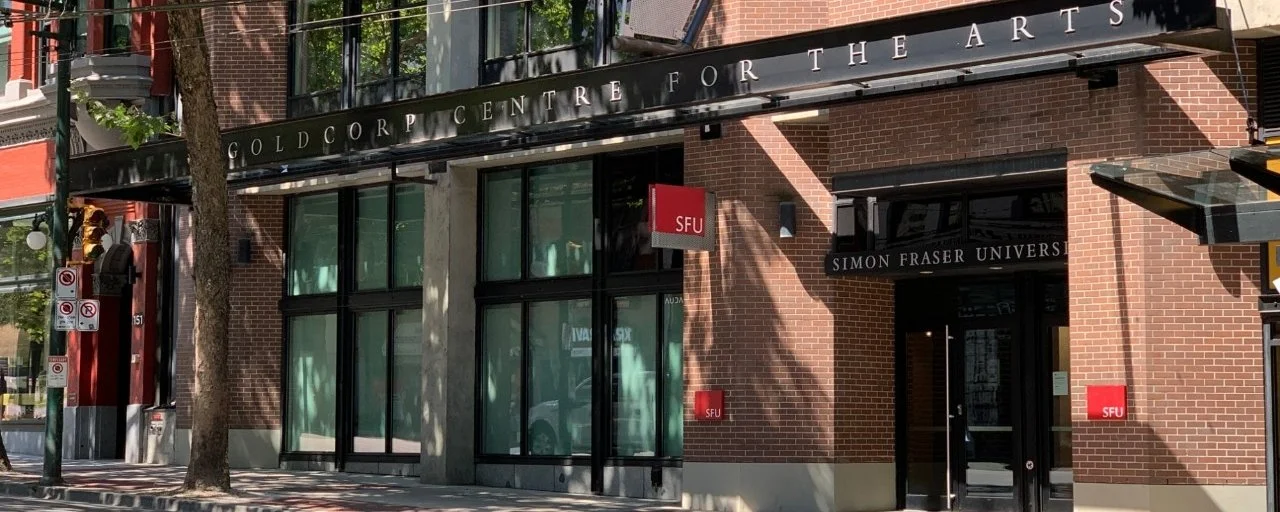Board Table Disruption tackles governance problems in arts organizations
Yvette Nolan is one of the speakers advocating for radical change to one-size-fits-all board structure
Photo by Pawel Chu
Yvette Nolan is a theatre artist and former artistic director of Native Earth Performing Arts.
Board Table Disruption takes place February 3 from noon to 1:30 pm online; register for free here
ASK ALGONQUIN THEATRE artist Yvette Nolan what the problem with Canada’s nonprofit arts-board system is, and she says, “It’s a one-size-fits-no-one model.”
She’s struggled with the problem for decades of her career, not just as a playwright, director, and dramaturg, but helming Toronto’s Native Earth Performing Arts from 2003 to 2011. So much so, in fact, that the Saskatchewan-born artist went back to school three years ago to get her master’s in public policy to tackle the subject.
According to Nolan, her advisors in the program warned her that her research topic was too “abstract”. “They said, ‘It’s never going to change,’” she tells Stir.
But with pandemic theatre shutdowns, combined with the #metoo and antiracism movements holding arts companies more accountable, she feels the time for change is finally here.
“Everything else is disrupted this year so why would we stop at the board table?” she says. “Suddenly everyone’s talking about structure and how we have to change systemic structures.”
On February 3, she’ll join a roundtable of thought leaders from across the nonprofit and arts sector for a livestreamed discussion called Board Table Disruption, presented by the Pacific Legal Education & Outreach Society and the PuSh International Performing Arts Festival. Its goal? To “examine and repair broken governance models”.
Significantly, it is the only event to have survived the PuSh Rally, a symposium put on by the PuSh fest to discuss systemic racism and a controversy at the organization that sparked both departures and calls for resignations at its board level. The Rally was cancelled two weeks before it was supposed to begin, due to a backlash in the community to some of the topics. (You can see more on that story in Stir’s coverage here; PuSh is currently undergoing an organizational review).
PuSh’s crisis was not an isolated incident, and such flare-ups regularly occur at theatre companies across the country—more often behind closed doors, Nolan tells Stir.
“This is not unique in any way,” she emphasizes. “This happens all the time. It’s just that we’re in this time: because of social media and the pandemic, we’re in this moment where everything is there to see.
“This is why people have been complaining about this board model,” she adds.
FIRST SOME BACKGROUND. When an arts group sets up its nonprofit society, a volunteer board of directors has to be put together, with someone appointed as president or chair, treasurer, secretary, and so on. Among the board’s main duties: determining or supporting the organization’s mission, selecting the chief executive or artistic director, financial oversight; and taking legal responsibility for the organization. There's no pay involved, but there can be a lot of work.
In an article called Governance Structures for Theatres, by Theatres, Nolan says, “I have been the artistic director of a theatre company and worked closely with my chair to make our theatre better, stronger and more functional. But still I do not believe in the structure. In fact, twenty-five years of working in theatre has served to convince me that the board of directors is actually a fiction. There is no there there.“
Too often, there is a disconnect between the board members and the art form, Nolan explains to Stir. Often people are recruited to the board for certain skill sets that are needed—a lawyer to help with legal matters, an accountant to help with financial ones. But the qualities for which they’re recruited do not necessarily make them good bosses of artists, says Nolan. And they can be ill-equipped to represent BIPOC and marginalized voices. The model has failed to protect or elevate women and people of colour, Nolan asserts.
Diversity on stages has become one of the biggest arts stories of the last few years. The Canada Council for the Arts has now tied it to funding, unveiling a new model in April 2017 demanding organizations demonstrate “a commitment to reflecting — through your activities, membership and organizational make-up — the diversity of your geographic community or region.”
So that diversity has to be reflected at the board level, too.
“It is not about performing it, it has to be about being it--about being radically inclusive,” Nolan says.
Volunteering on an arts board can be a thankless job, though. It carries responsibilities that can explode when a crisis hits. Often limited to four or five meetings a year, the volunteers are tasked with daunting issues like building capacity, sustainability, and succession plans.
Nolan stresses that most board members volunteer out of a genuine desire to serve and because they believe in theatre and the artists. It’s the structure that stymies those intentions, she argues, and raises questions about who’s accountable.
“Everybody is trying their best and that's why the structure has to change,” she says. During a crisis, “they're volunteer positions. Why would you stay and be pilloried if you were just there to help?”
So what systemic change is needed? What could a better governance model look like? That’s what Board Table Disruption seeks to tackle.
Facilitated by playwright and theatre artist Marcus Youssef, one of the original curators of the now-cancelled PuSh Rally, it features Mark Friesen, executive director at Canada’s not-for-profit Columbia College and facilitator of Vantage Point’s Reimagining Governance peer network, and Martha Rans, founder and legal director of PLEO.
Discussion will range from looking at how successful boards have made the system work, and ideas like remunerating board directors.
For her part, Nolan envisions the removal of the need for the board structure from funders and governmental bodies. She is unsure exactly what the new system could look like, but envisions a bespoke model that might differ from organization to organization.
“I’m going to resist moving to one size. It’s about removing barriers to things rather than imposing new rules,” she argues. “We do that already at Canada Council with theatre companies: we say ‘this is our mandate’, and you are assessed against your own mandate, mission, and vision. I think we could add governance to that.”















